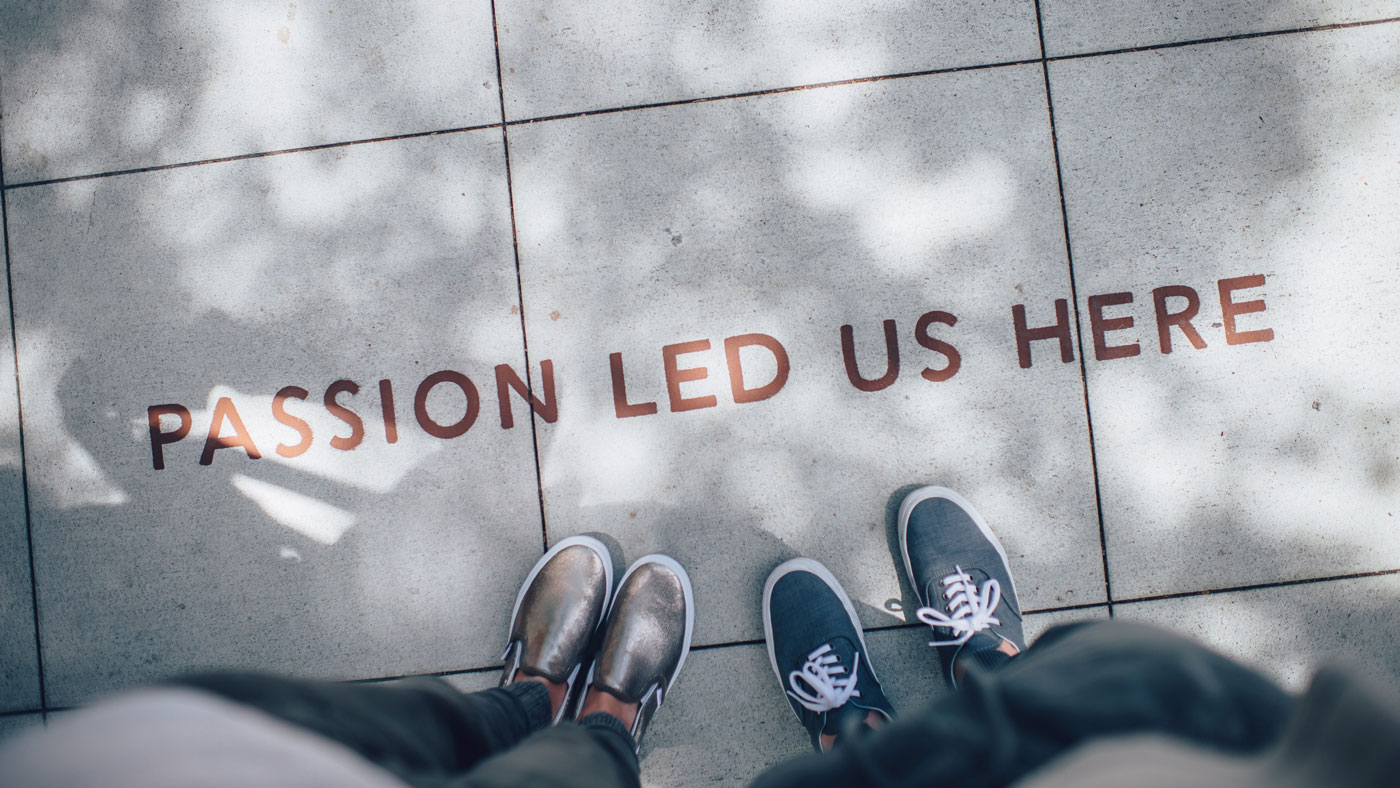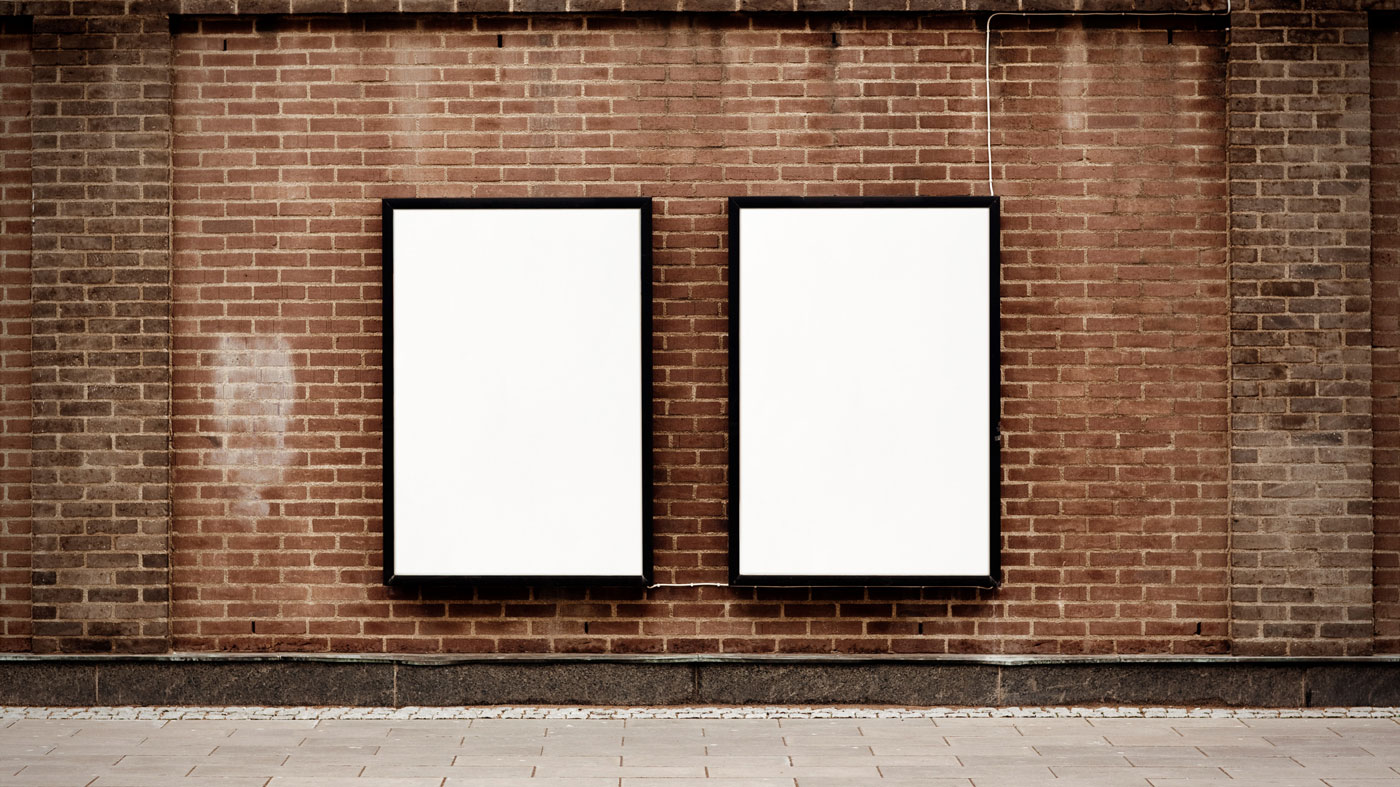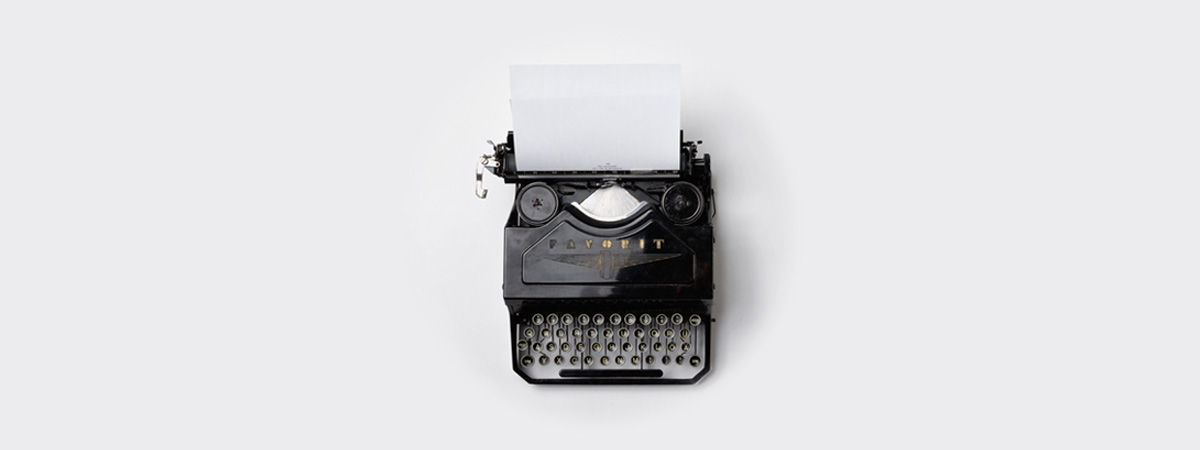95% of our purchasing decisions are made in the subconscious mind according to Harvard Professor Gerald Zaltman. What does this mean?
This means that brands with a strong archetypal personality that connect with their audience on an emotional level will have a huge advantage over their competition.
So what exactly is a brand archetype? Glad you asked.
You know when there’s just something about a brand – an affinity with them that you can’t quite put your finger on? It’s like we really know them, love them even. What is it that causes us to be attracted to them? Why do we bring them into our hearts, families, homes, shopping trolleys and businesses? How is it that we feel compelled to show loyalty to them?
You may connect with their tone and style. You might think their brand identity design is awesome. But more often than not, it’s their Brand Archetypes.
All brands are businesses and we have a transactional relationship with them – you give them money and they give you something in return. But with some brands there’s more to it – we feel a connection, loyalty and even love.

The most loved (and often most successful) brands connect with their target audience on a deeper level and capture hearts (and wallets) with an authentic brand purpose.
Chances are you still have fond memories of Lego from your childhood. Perhaps you’d feel lost with your Macbook. Maybe you’re a Converse convert or a Vans virtuoso.
The brands you feel a bond with are built on a solid alignment to an archetype, which is based on decades of psychological research.
In building (or rebuilding) a brand, you’ll gain attention by displaying personality and making emotional connections.
If you don’t want to be just another business competing on price, benefits and features then you need to connect with your audience on a deeper level – your brand needs a real personality with a tone of voice.
Some brands pick a couple of traits that they assume their target audience will relate to but that won’t cut it for long. Brand Archetypes however are fully formed personalities – they have a clear outlook on life, opinions on the world around them, and firm beliefs that ensure brands can connect as if they were human.
Brand archetypes are all about NOT appealing to everyone. Consider the old adages of ‘if you try to please everyone, you’ll end up pleasing no one’ or ‘when you market to all, you market to none’. While you may be tempted to pick traits from multiple archetypes to express your brand’s individualism, we really need to warn you of the consequence of a ‘confused brand’ should you attempt that. Selecting the right brand archetype and going all in is the way to go.
Analysis referenced in the book, “The Here and The Outlaw’ showed that brands with tightly defined archetypal identities rose in value by 97% more over six years than confused brands or brands with characteristics from many different archetypes.

Who is the archetype? Your audience or your brand?
Since archetypes represent all personalities then they are both; your audience and your brand. The magic happens when you identify your customer/client’s personality and then align your brand with the archetype that would most appeal to a desire with your audience. These are often, but not always, the same.
As an example; your audience might be The Everyman but you want your brand to appeal to The Explorer within them – then your brand should be more aligned with The Explorer archetype and use communication and personality to evoke their desire to explore.
But, why?
There are two primary reasons you would want to align your brand with an archetype.
- Connection: Most brands today are competing on features, benefits and price. If you don’t want your brand to become just a commodity then you’ll want to make a deeper connection with your audience.
- Differentiation: When it comes to standing out in a crowd, differentiation strategies are overdone – leaving any late comers with little to build on. But, personalities, on the other hand, have infinite possibilities. They can be unique and extremely memorable.
Our desires
Each of us have basic human desires. None of us are taught to want or need them. We just do.
They are instinctive and primitive.
Here are the basic human desires that each match with a specific archetype;
- Liberation > The Outlaw
- Power > The Magician
- Mastery > The Hero
- Intimacy > The Lover
- Enjoyment > The Jester
- Belonging > The Everyman
- Service > The Caregiver
- Control > The Ruler
- Innovation > The Creator
- Safety > The Innocent
- Understanding > The Sage
- Freedom > The Explorer
As we are all different, our desires are different.

When we consider that certain behaviours or personalities increase certain desires, we can understand why some personalities appeal to us more than others.
If you want to mean more to your customers and communicate with them in a way that helps them to remember you and then actually feel something for your brand, then your brand needs a real personality.
We’re not talking about a collection of tick-and-flick characteristics, but a warts-n-all personality, with an outlook on life and opinions of the world. With the right personality, your brand will make real connections.
Your language and tone of voice will represent a stance that is aligned with who your audience is and your communication will feel more human than ever before.
Working with the right brand archetype helps you identify the desire you want your audience to feel when they connect with your brand and to adopt the personality and behaviours that evoke that desire.
Ready to get started? Get in touch.
